Walk into any hardware store or browse power tools online, and you’ll probably see two tools with very similar names: impact wrench and impact driver. At first glance, they can look almost identical, and both promise to deliver high torque with less effort. But here’s the truth: they’re built for very different tasks.
Choosing the wrong one can be more than just inconvenient, it can damage your materials, your fasteners, or even the tool itself. So if you’re wondering whether you need an impact wrench or an impact driver (or both), this guide will break it all down in plain English.
Let’s compare impact wrench vs impact driver side-by-side, covering how they work, where they shine, and how to know which one belongs in your toolbox.
What Is an Impact Driver?
An impact driver is a compact, lightweight power tool designed to drive screws, bolts, and other fasteners into wood, metal, or plastic. It looks like a cordless drill but is built with a special hammering action that delivers bursts of torque while rotating the bit. This helps prevent stripping screws or breaking bits.
Key Features:
- Uses ¼-inch hex chuck (accepts hex-shank bits)
- Great for driving screws, lag bolts, and self-tapping screws
- Typically smaller and lighter than an impact wrench
- Delivers moderate torque (usually between 1,200–1,800 in-lbs)
Best For:
- Deck building
- Furniture assembly
- Installing drywall
- Driving long screws or bolts into wood
If you’re doing any kind of woodworking, construction, or general home improvement, an impact driver is one of the most versatile tools you can own.
What Is an Impact Wrench?
An impact wrench, also called a torque wrench or air gun, is designed for one thing: extreme torque. It’s built to tighten or loosen large nuts and bolts that a regular power tool can’t handle, like lug nuts on a car or bolts in heavy machinery.
Key Features:
- Uses ½-inch or ¾-inch square drive (fits impact sockets)
- Delivers very high torque, some models exceed 1,000 ft-lbs
- Available in pneumatic (air), electric corded, or cordless varieties
- Often heavier and bulkier than an impact driver
Best For:
- Automotive repairs
- Removing tire lug nuts
- Industrial assembly
- Heavy-duty mechanical work
This isn’t a tool for hanging shelves. It’s for serious torque demands where muscle matters more than finesse.
Impact Wrench vs Impact Driver: Key Differences
Now that you know what each tool is used for, let’s put them side-by-side and look at their main differences.
| Feature | Impact Driver | Impact Wrench |
|---|---|---|
| Drive Type | ¼-inch hex chuck | ½-inch or ¾-inch square drive |
| Torque Output | Moderate (1,200–1,800 in-lbs) | High (up to 1,200 ft-lbs or more) |
| Best Use | Driving screws, bolts, and fasteners | Loosening/tightening large nuts and bolts |
| Size and Weight | Compact and lightweight | Larger and heavier |
| Common Applications | Woodwork, construction, general DIY | Automotive, industrial, mechanical |
| Bit Compatibility | Screwdriver bits, hex bits | Impact sockets only |
| Power Options | Mostly cordless | Cordless, pneumatic, and corded |
Which One Should You Choose?
Still not sure whether you need an impact wrench or an impact driver? Let’s break it down based on your needs.
Choose an Impact Driver if:
- You do a lot of woodworking or DIY projects
- You need a versatile, everyday tool
- You want something lightweight and easy to handle
- You’re mostly working with screws, lag bolts, or smaller fasteners
Choose an Impact Wrench if:
- You work on cars, trucks, or machinery
- You regularly need to remove stubborn or rusted bolts
- You need high torque for heavy-duty jobs
- You’re okay with a tool that’s bigger and heavier
For many homeowners and weekend warriors, an impact driver will cover 90% of your needs. But if you ever work on vehicles or need serious torque, an impact wrench becomes essential.
Can You Use One Instead of the Other?
Technically, you can use an impact wrench for some light tasks, and you can use an impact driver for small bolts, but it’s not ideal.
- Using an impact wrench to drive screws? You risk over-tightening or snapping them.
- Using an impact driver on a lug nut? You might not have enough torque to loosen it.
Each tool is optimized for its specific purpose. Using the wrong one may work in a pinch, but it won’t give you the best results, and it can shorten the lifespan of your tools or fasteners.
Cordless Options: One-Battery Systems
The good news is that many tool brands now offer both impact drivers and impact wrenches in the same battery platform. That means if you already own a DeWalt, Milwaukee, Makita, or Ryobi battery-powered tool, you can often expand your set by buying the bare tool (no battery) at a lower price.
This makes owning both tools more practical, especially if you tackle both light-duty and heavy-duty tasks.
Final Thoughts
When it comes to impact wrench vs impact driver, it all boils down to torque and purpose. These tools may look similar, but they’re built to solve different problems.
- The impact driver is your everyday hero, light, fast, and perfect for everything from cabinetry to building a deck.
- The impact wrench is the heavy-hitter, built for power, perfect for stubborn bolts and mechanical work.
Think about the work you do most often, and let that guide your decision. And if you find yourself needing both? Investing in each tool (especially within the same battery platform) gives you the ultimate combo of precision and power.

Leave a Reply